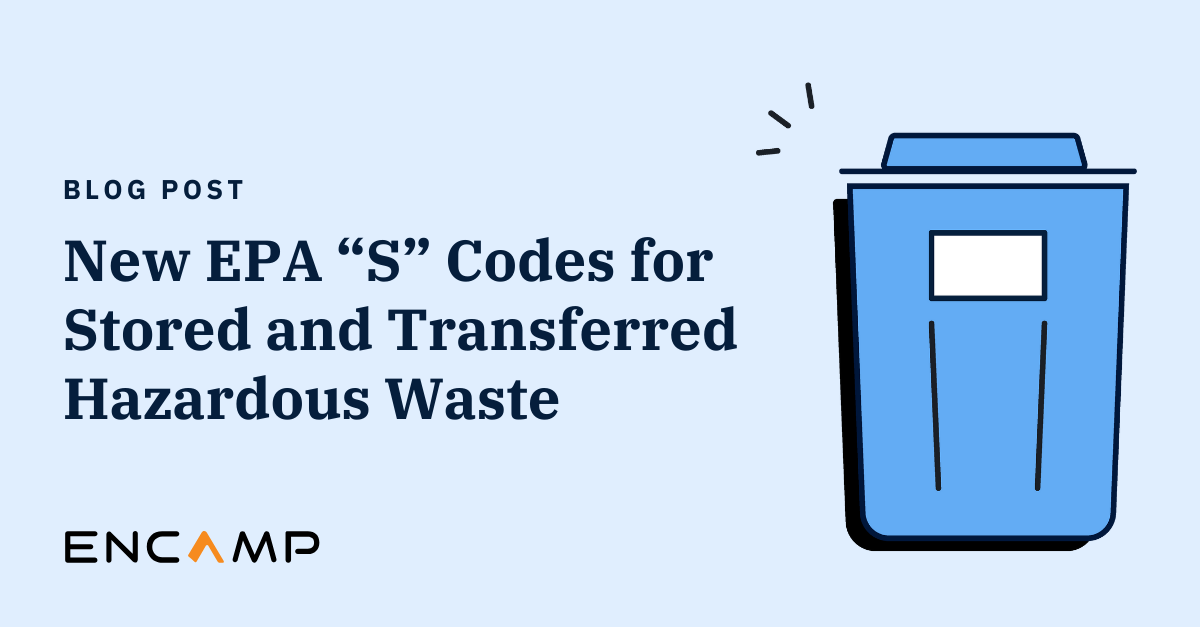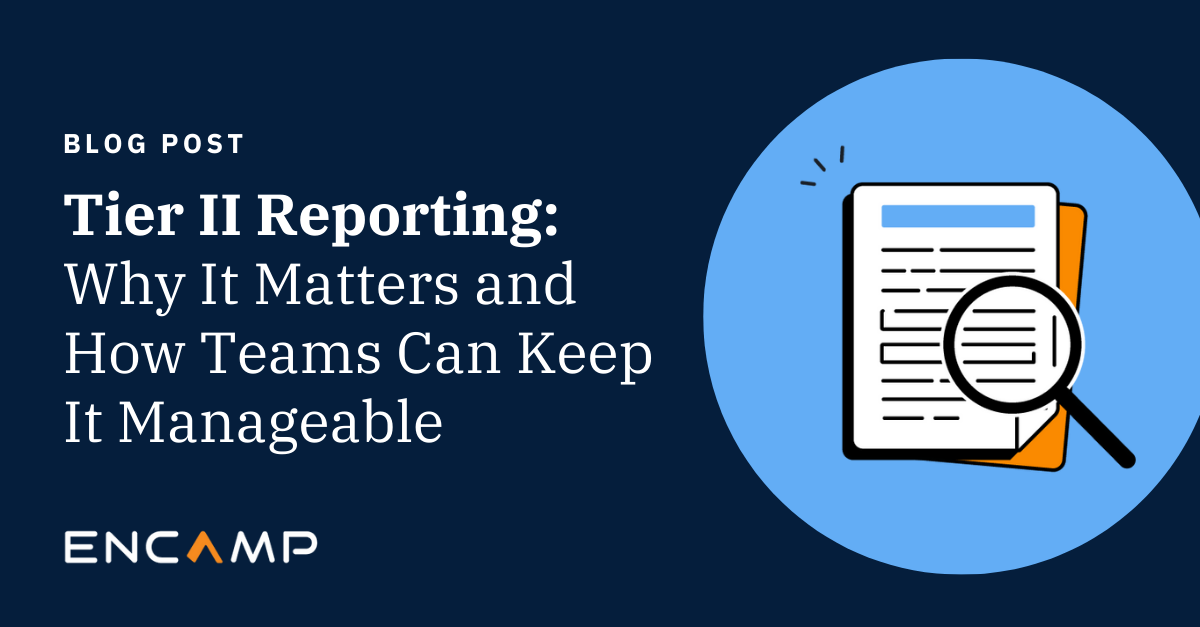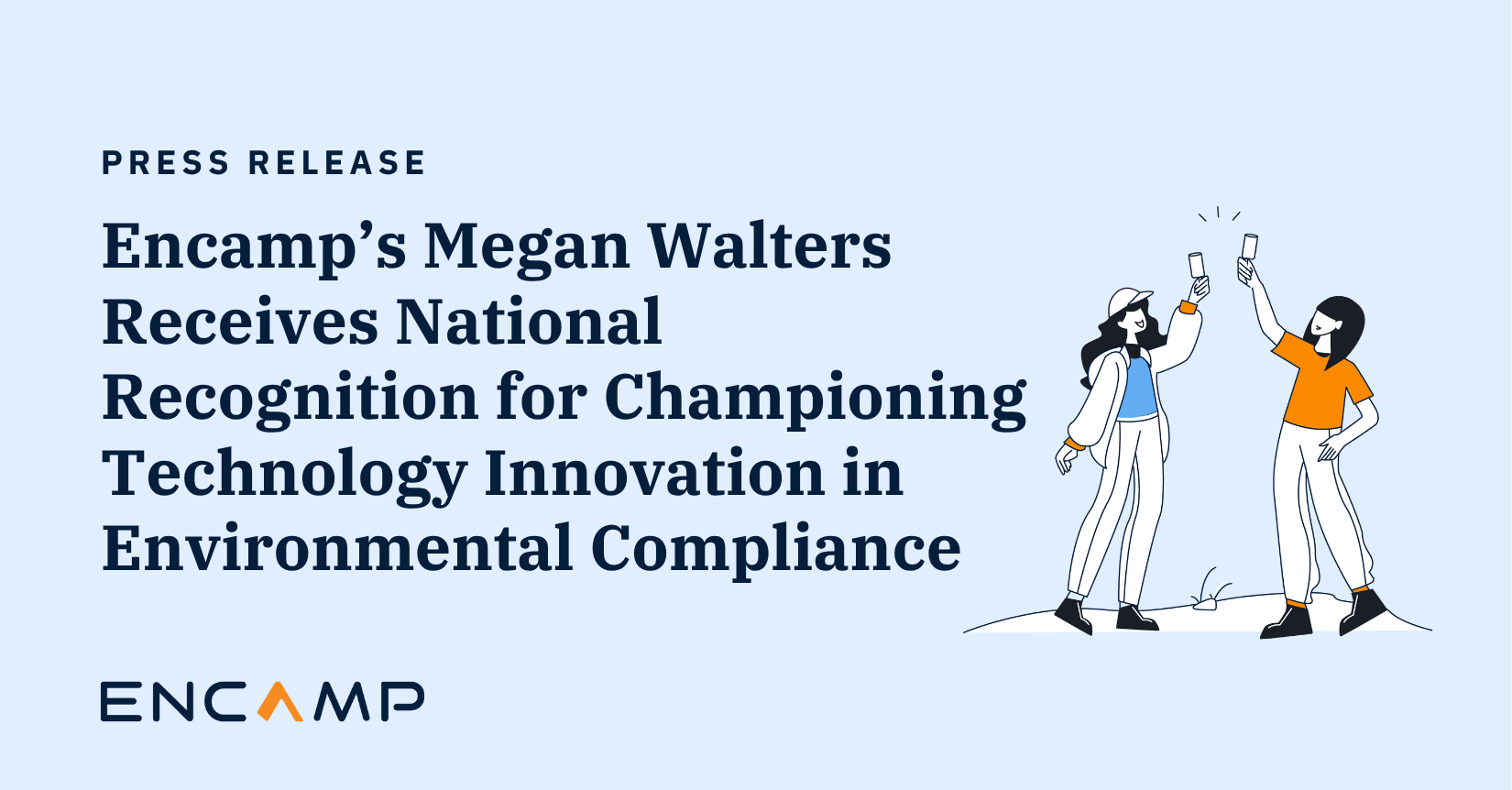In today’s rapidly shifting regulatory environment, Environmental, Health, and Safety (EHS) professionals are faced with the challenge of ensuring continuous compliance while managing vast amounts of environmental data across numerous facilities. This blog explores the evolution of environmental compliance and how businesses can leverage technology to stay ahead of emerging challenges.
The Evolution of Environmental Compliance
Traditionally, EHS teams were bogged down with manual administrative tasks, outdated technologies, and the complexities of ever-changing regulations. Over time, these challenges have only become more pronounced with the rise of new environmental and sustainability standards like ESG (Environmental, Social, and Governance) reporting, PFAS (Per- and Polyfluoroalkyl Substances) regulation, and updated Toxic Substances Control Act (TSCA) requirements. As organizations grapple with these evolving expectations, EHS teams must shift their focus from simply meeting compliance requirements to driving strategic business outcomes.
Instead of just reacting to new rules, modern EHS teams are tasked with leveraging data to ensure business continuity, prevent compliance failures, and create a proactive culture around environmental performance.
The Challenges: Complexity, Fragmentation, and Risk
One of the core challenges EHS teams face is operational complexity. Many organizations are managing compliance across multiple facilities, often without centralized data. This can result in fragmented workflows, siloed data systems, and inconsistent reporting processes.
Moreover, external factors like mergers and acquisitions (M&A), legacy businesses, and differences in regional regulatory expectations only add to the complexity. EHS professionals are often left reacting to problems rather than proactively addressing them, making it harder to communicate environmental risks and successes to the C-suite or advocate for needed budget increases.
Moving From Outputs to Outcomes
To drive better outcomes, EHS teams must move beyond basic task completion and reporting. Instead, they should focus on unlocking insights from their data to ensure continuous compliance, mitigate risks, and support broader business goals.
Encamp’s solution simplifies this process by consolidating environmental data into a single system that enables easy task tracking, reporting, and data visualization. This system eliminates administrative overheads such as fee payments, email responses, and tracking regulatory changes. With automation and data integration across all 50 states, teams can shift their focus to higher-level strategic initiatives instead of spending time on reactive compliance efforts.
Building a Continuously Compliant Strategy
Developing a sustainable, continuously compliant environmental strategy requires breaking it down into actionable steps under three key pillars: Understand, Manage, and Comply. Here’s how EHS teams can implement these steps to succeed:
1. Understand Your Environmental Performance and Requirements
Building a continuously compliant strategy starts with fully understanding your environmental performance across facilities. This involves:
- Assessing Facility Risk Profiles: Understand the specific environmental risks each facility carries. Identify your most at-risk facilities by reviewing historical and current compliance data, including violations, fines, and inspections.
- Leveraging Data Insights: Use data from systems like FRS, ECHO, and RCRAInfo to create a unified view of your compliance landscape. Compare data from different regulatory programs (e.g., Air, Water, Waste) to get a holistic understanding of your performance.
- Engaging C-Suite Leadership: Regularly communicate environmental performance data with your executive leadership, especially during budgetary discussions. Risk profiles can help justify the need for additional resources by showing where the organization is most vulnerable.
- Scenario Planning and Forecasting: Use data to anticipate compliance challenges, such as upcoming regulatory changes or risks from new acquisitions. Being proactive can help your team allocate resources more efficiently.
2. Manage Hazardous Chemical and Waste Processes
Effective management of hazardous chemicals and waste is essential to ensuring compliance and preventing regulatory violations. To achieve this, EHS teams can:
- Standardize Data Collection Processes: Establish consistent and repeatable processes for collecting environmental data across all facilities. Ensure data collection includes all program areas like Air, Water, and Waste, and that it’s done regularly (not just during reporting periods).
- Centralize Documentation: Keep Safety Data Sheets (SDS), manifests, fee payments, and other essential documents in a single repository. This reduces the risk of errors and ensures accessibility in case of audits or inspections.
- Automate Compliance Tasks: Automating administrative tasks such as fee payments, tracking regulatory changes, and completing reports ensures consistency and reduces the burden on your team. Encamp’s platform can automate many of these workflows, allowing teams to focus on higher-priority projects.
- Conduct Regular Audits: Schedule waste and chemical audits to verify generator status, correct any improperly used waste codes, and stay on top of new regulations such as Georgia’s Tier II SQG re-notification for 2025. Auditing ensures continuous compliance and keeps your data up to date.
3. Comply with Local and Federal Agencies
Achieving compliance across multiple states or regulatory programs requires careful management of reporting and submission deadlines. To ensure your team remains compliant:
- Centralize Reporting and Fee Submission: Encamp’s platform allows EHS teams to log into various state portals, submit reports, and pay fees from a single dashboard. This reduces the chances of missing deadlines and keeps reporting consistent across all locations.
- Automate State and Federal Compliance Updates: Regulations are constantly changing. Using technology to stay up-to-date on these changes can help teams avoid scrambling during reporting periods and mitigate the risk of violations due to outdated information.
- Maintain a Digital Audit Trail: Ensure that all compliance actions—whether it’s submitting reports, fee payments, or managing communications—are tracked in a digital system. This provides transparency and accountability, especially during audits.
- Prepare for Emerging Regulations: Stay ahead of new environmental rules such as PFAS, TSCA, and CWA emergency planning by integrating ongoing regulatory updates into your compliance strategy. Teams should regularly review emerging trends and adjust their approach accordingly.
Conclusion: Preparing for the Future
The future of environmental compliance is centered on continuous improvement and the proactive use of data to stay ahead of the curve. By transitioning from fragmented, reactive approaches to strategic, outcome-driven compliance strategies, organizations can not only avoid operational disruptions but also create long-term value and resilience.
Encamp’s platform is built to support this transition, helping EHS teams across industries navigate the complexities of regulatory compliance with ease and confidence. As environmental regulations continue to evolve, having a strong, technology-driven foundation will be crucial to building resilient, compliant organizations in the years to come.



